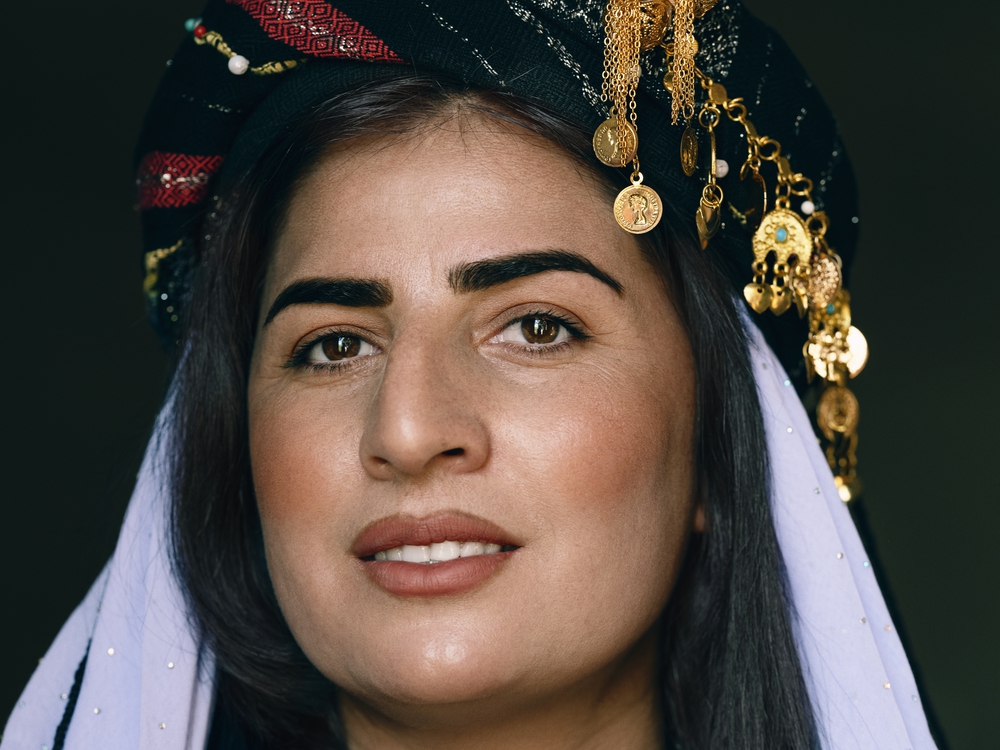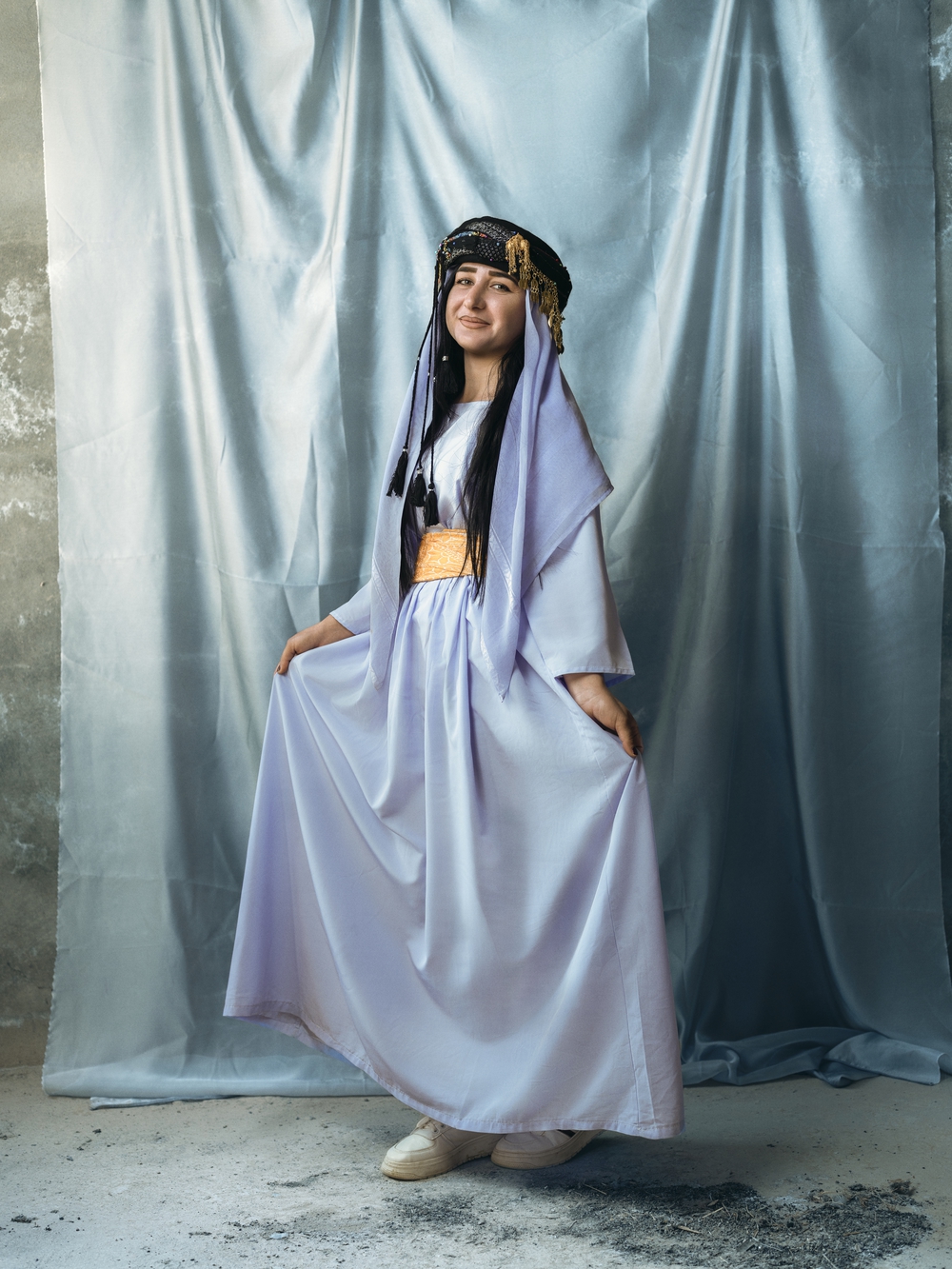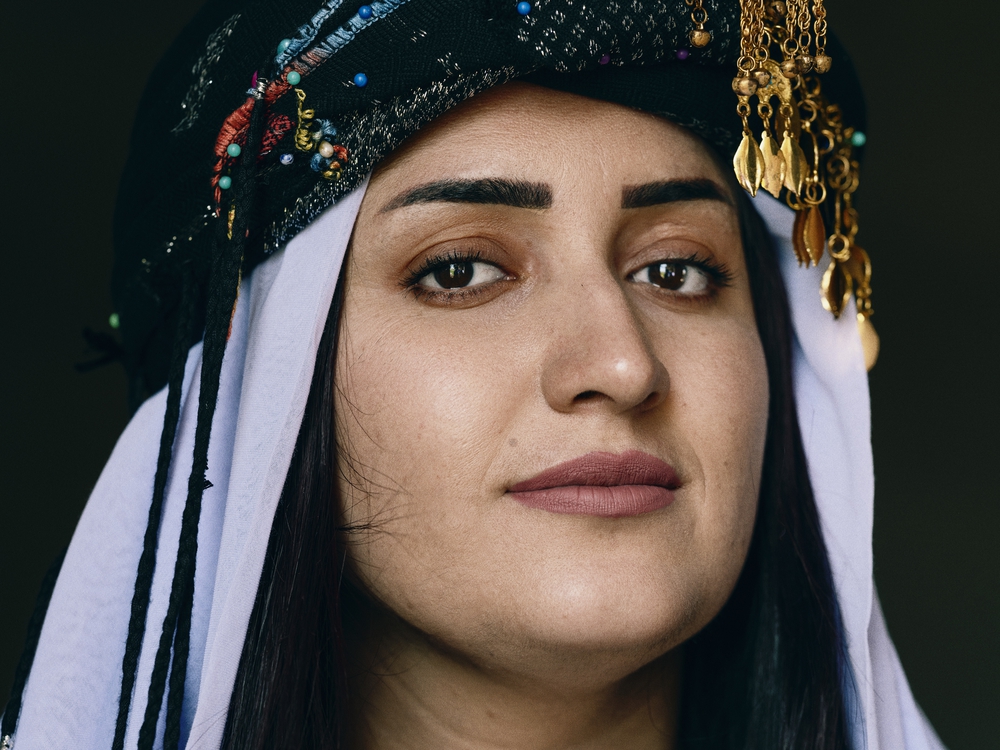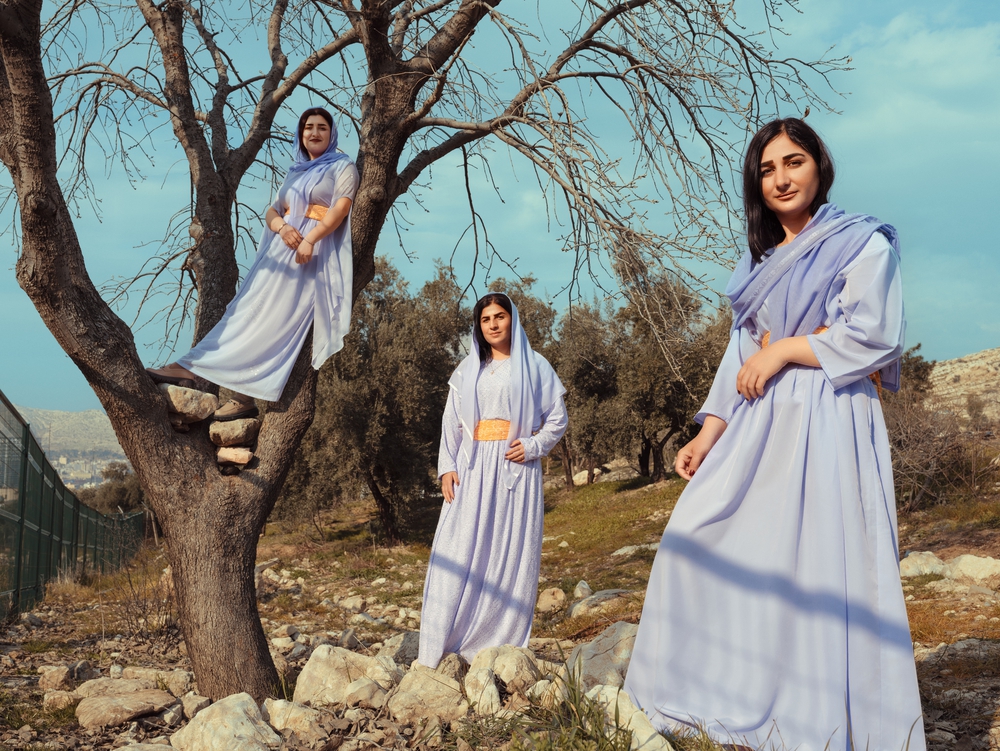On the 3rd August 2014, the Islamic State terror group massacred thousands of Yazidi men, women and children in the Sinjar region of Iraq.
As we approach the tenth anniversary of events that saw lives and communities destroyed in a wave of violence, the minority Yazidi community face considerable challenges in rebuilding their lives and seeking justice.
In early August, the air would have been still and hot in northern Iraq; the jagged peaks of Mount Sinjar glimmering in the intense heat, fields of crops motionless in the summer haze.
The day before the massacre was a festival marking the middle of summer: a holiday for the Yazidi people.
As a new dawn broke over Sinjar, a day of food shared and relatives gathered turned abruptly into the darkest day of most of their lives, and a painful era in their country’s history.
On that morning, Fahima, a MAG deminer, remembers being woken suddenly.

“We fled and Isis arrived very soon after...I ran into the street and a car stopped to rescue me and take me to safety. We were in the car, and we could hear the bullets and the gunfire”
She speaks of how people helped one another to survive; men willing to sacrifice their lives so their sisters, sons, daughters and wives could escape.
When they were eventually able to return home years later, Fahima found that her house had been heavily booby-trapped, with improvised explosive devices disguised as everyday items, including a box of chocolates. A large knife had also been left in her bedroom.
Following the liberation of Iraq from Isis in 2017, Fahima joined MAG as a deminer. Ten years on, she is proud to be part of the efforts to make her homeland safe and remove this deadly legacy for good.
Every day, she and the other female deminers drive to Sinjar, retracing routes that are laced with terrible memories.
“I do this work to send Isis a message; that they took our girls and I couldn’t hold a gun to protect them, but I can hold a detector and clean the area where they left the remnants of war”.

With eight of her relatives heaved into one car, Holya, a former MAG deminer, and her family headed for the dusty mountains to escape the violence.
Hundreds of thousands of Yazidis fled on roads twisting up to higher ground when Isis swept across Sinjar. Without supplies or shelter in the intense heat, dozens died of starvation and dehydration.
Today, an estimated 155,000 people are still displaced and living in temporary camps, unable to return home.
“My house is destroyed so I can’t now go home, but I can help other people to go home.”

In the space of a few days, over 5,000 Yazidi people were killed in the most shocking of ways.
When Isis stormed into their town, Berivan and her family fled for a full day with no rest. Many others didn’t manage to escape.
Thousands more women and girls were kidnapped; enslaved or sold for sex by ISIS fighters.
"There were a lot of girls that returned who told us they’d been sold 20 times to different men…Girls said they were sold for 500 dinar – 30p.”
The Yazidis are a religious minority who were considered infidels and were specifically targeted by Isis. Berivan, and many like her, is still recovering from the onslaught on her community.
Berivan shares a rented house with other women in Sinjar, yet her family have not yet been able to join her. They live 100 miles away in Dohuk, next to a camp for those of their community who survived the violence but await the day they can return home.
These unique photos of some of our female staff in Iraq were taken by feminist photographer Sane Seven, who spent time with our colleagues as part of MAG's global project, the Female Lens, in which we are documenting the work and lives of women deminers across the world.






